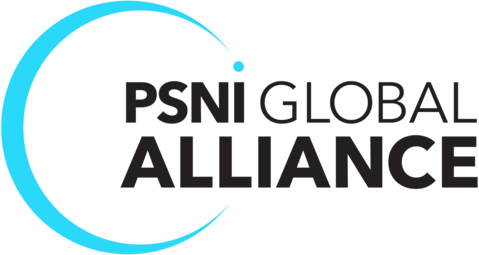How to Avoid the Downside of Collaboration
Collaboration is one of the hottest business buzzwords there is. From open floor plans to video conferencing to chat-enabled sharing software such as Slack and Box, most companies are working to make collaboration a bigger part of their culture and daily operations. But new research shows there are downsides to collaboration that could be undermining the very productivity companies are hoping to achieve. According to a recent study on collaborative overload published by Harvard Business Review, the time employees at many companies spend on the phone, in meetings or responding to emails is a whopping 80%. That doesn’t leave much time for actually getting things done.
But while undisciplined—and unnecessary collaboration—can eat away at productivity and damage morale, smart, technology-enabled collaboration can increase output and employee satisfaction. Let’s examine some of the most common downsides to collaboration and then discuss the right solutions to help you avoid them.
When It Comes to Collaboration, More Isn’t Always Better
As former Ogilvy CEO Charlotte Beers was famous for saying, “Collaboration is highly overrated when you don’t have the right thing to do.” In other words, collaboration is not always the answer. Before you default to time-consuming collaboration involving large teams or groups of people, consider what type of help you really need from other people to accomplish your goal.
- Informational: Knowledge and skills that can be recorded and passed on
- Social: A person’s connections and position in a company, which can be used to facilitate collaboration
- Personal: An individual’s time and energy
If you need information, you don’t need a series of long meetings to make the exchange. An email requesting specific information from an expert within your organization will get the job done. If you need an introduction to someone on another team or in another department, one meeting with the connector will do the trick. Once the introduction is made that connector doesn’t need to stay involved; his or her work is done.
Many companies just default to highly-involved, personal collaboration for everything, unnecessarily eating up people’s time and energy. According to Kris Duggan, CEO of enterprise goal-setting and collaboration software solutions company BetterWorks, using data to track projects, collaborations and dependencies can help ensure collaboration is happening at the right time and between the right people. Data solutions can also help employees track personal goals and see how their work impacts larger company goals and initiatives.
Collaboration Shouldn’t Punish The Competent
Another major downside to collaboration is that it can place an undue—and unfair—burden on your top performers. According to the research published by Harvard Business Review, 20% to 35% of value-add collaboration comes from only 3% to 5% of employees. And while the results they provide to the company are good, the impact on the employees themselves is not. In many cases, top performers end up doing most of the work while mediocre performers get to share the credit, which can breed resentment and unhealthy competition. A recent study published in Applied Psychology shows that a lopsided collaborative environment can make top performers feel unhappy and isolated.
Collecting collaboration data can help you here, too, says Duggan of Betterworks. You can figure out who’s doing too much, who’s doing too little, and manage accordingly. This will help you protect your most valuable business asset—your people—by helping ensure your top performers don’t get frustrated, over-burdened or burned out.
Ideas to Address Collaboration Downsides
While there can be downsides to collaboration, implementing a few, inexpensive e solutions can help you achieve the business outcomes and benefits you expect: fostering creativity and teamwork, creating universal buy-in of company goals, providing greater flexibility and engaging remote and work-from-home employees. Here are a few ideas to get you started.
Mix up your office space. Open-space offices are prevalent—in 2016 70% of offices had an open floor plan—but they can decrease productivity and create unnecessary distractions. Consider organizing your work space to accommodate a variety of work and collaboration styles. David Albright, the business development manager for Chief’s Workstation business had this advice: “The key to creating environments that spur collaboration and innovation is to have a diversity of spaces and appropriate technologies for the different types of collaboration that occur. This means fewer one-size-fits-all conference rooms, and a greater mix of smaller two- to three-person huddle spaces. Spaces should be flexible, with furniture and technologies that can be easily be rearranged to support the varied needs of different team sizes and dynamics.” David continued, “Additionally, to ensure maximum performance when heads-down focused work is required, provide quiet spaces so that individuals can get away to a space where they can perform at their peak, with desktop technologies to support their focused work needs, while enabling them to use the space for private two-person sharing when required.”
Use the right tools. There is no need to hold a meeting when an email, phone call, or IM will do. Online collaboration software applications such as Skype for Business and Cisco Spark allow you to collaborate as much or as little as you need to from the same platform. If you have a quick question for a team member, open a chat window. If you need to work together on a document or other product in real time, you can share your screen and even give control of your screen to other participants. And if the collaboration starts to get complicated and a live discussion would save time, you can quickly transition to an audio or video call in the same application. The right collaboration tool means you can spend your time doing the work that needs to be done, instead of spending all your time just talking about the work that needs to be done. Project and workflow management software can help you prioritize tasks, track progress and make sure work is evenly distributed.
Maximize meetings. When projects do require meetings, make sure you don’t lose time struggling with outdated or difficult-to-use meeting room technology. Well-designed collaboration systems should turn on with one button and easily support personal devices. High-quality, well-placed microphones with the appropriate pick-up range will reduce the confusion that can result from poor audio, High-quality cameras and displays will reduce picture fuzziness, poor resolution and images that are cut off or pixelated, all of which can contribute to ineffective and inefficient collaboration experiences.
Start Improving Collaboration Today
Some companies may need a long-term strategy that addresses larger organizational issues leading to collaboration overload. But in many cases, there are steps you can take now to create a productive collaboration environment.
1. Read the full Harvard Business Review report on collaborative overload.
2. Determine what you need—information, connections or time—from your colleagues or outside experts to complete your current projects. Then choose the right collaboration method for each one.
3. Survey your employees about their workload, work style and satisfaction with current collaboration arrangements. If something can be improved they won’t be shy about telling you!









